Program Path: Business
Are you interested in an office job and wonder if there is a certification for Microsoft Office? The good news is yes, there is. Microsoft Office certification may be one […]
Program Path: Healthcare
Jobs in the medical field are popular for their many benefits, but most can take years in college to train for. It’s a barrier for students with enthusiasm and aptitude. […]

Gwinnett College (all Atlanta campuses) is seeking potential Instructors in our Medical Assisting programs. Instructors in this allied health field are expected to teach a variety of classes including clinical […]
Call Us Today or Complete The Form at the Top of The Page to Take the Next Step Toward Your New Career!

Gwinnett
Colleges & Institute
Gwinnett Colleges and Institute cannot guarantee employment or a minimum starting salary upon graduation; however, placement assistance is available upon successfully completing the selected program.
For state authorization and accreditation information, please refer to the location page associated with the campus you are interested in.
Disclosures and Catalogs
For Consumer Information, Disclosures, and Course Catalogs, please click the above link.
Sources and related content